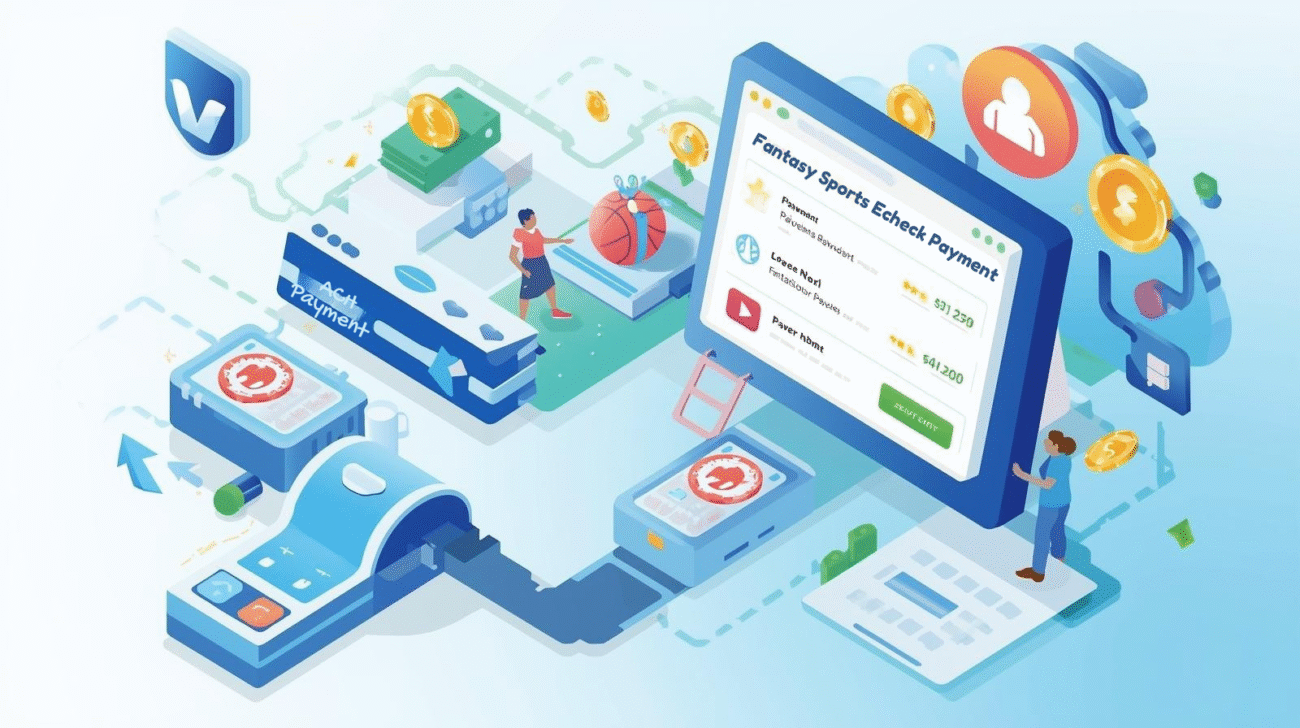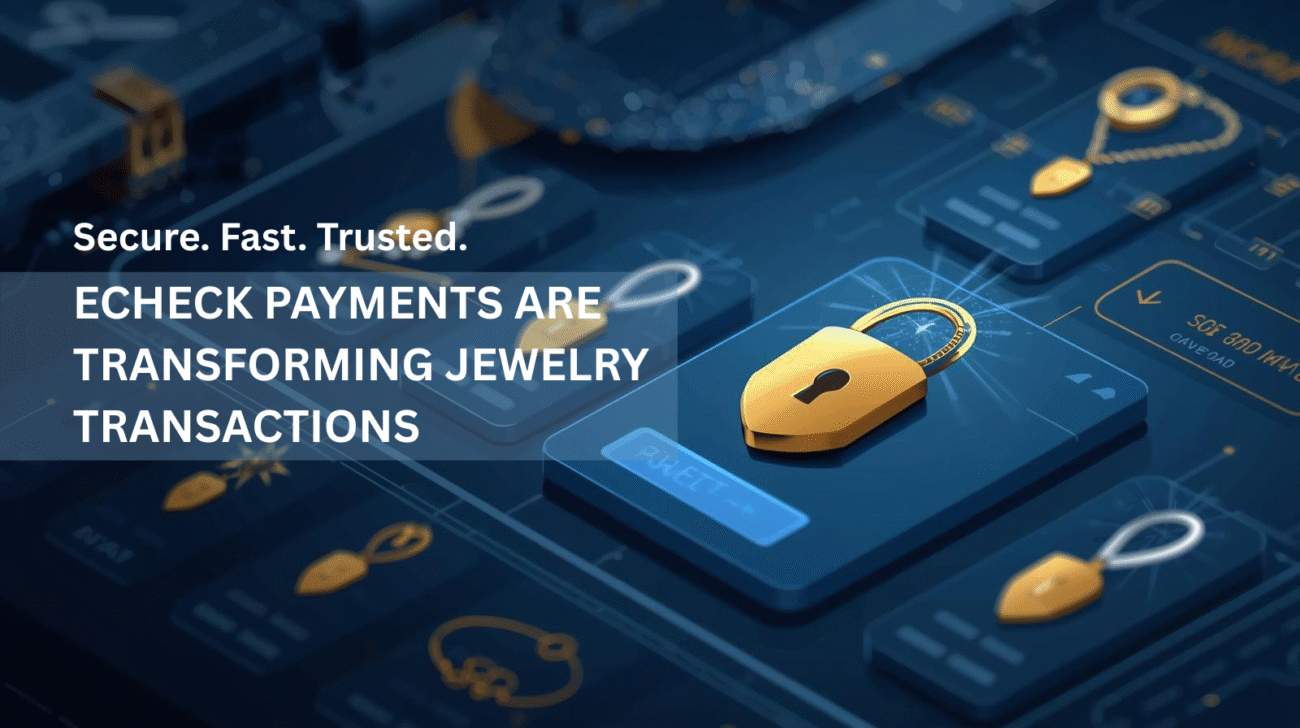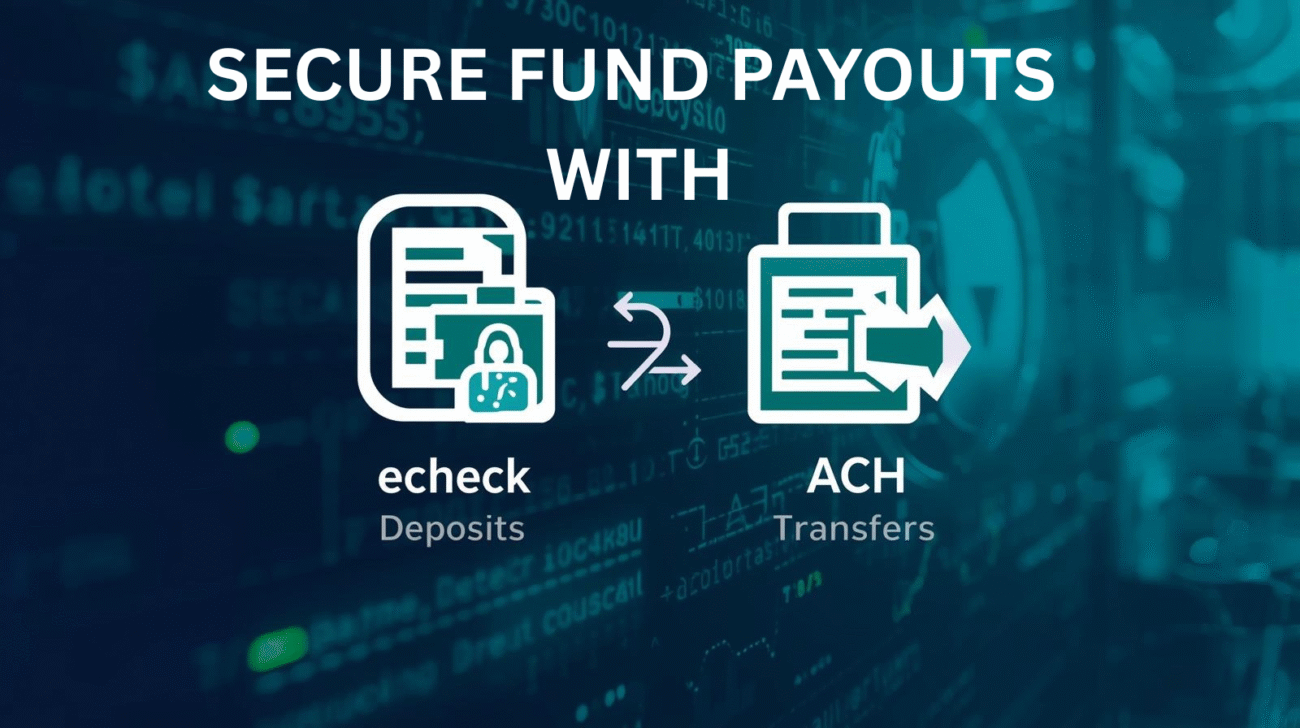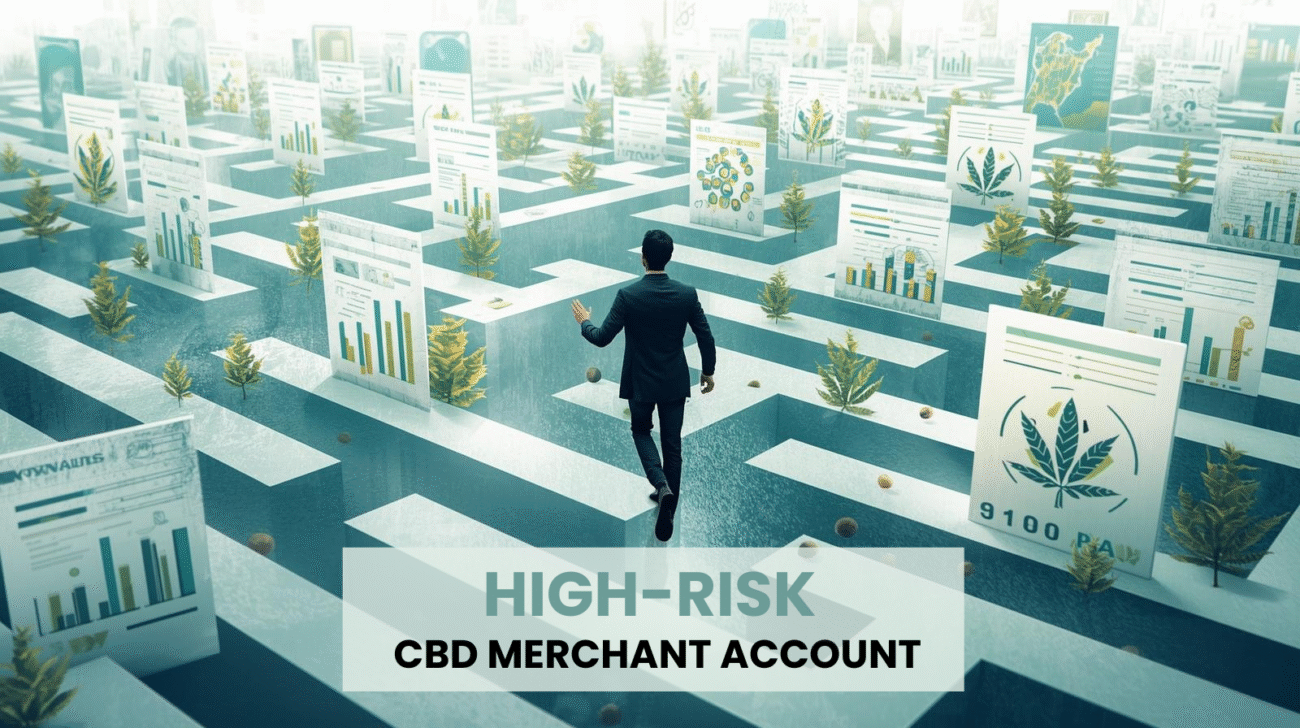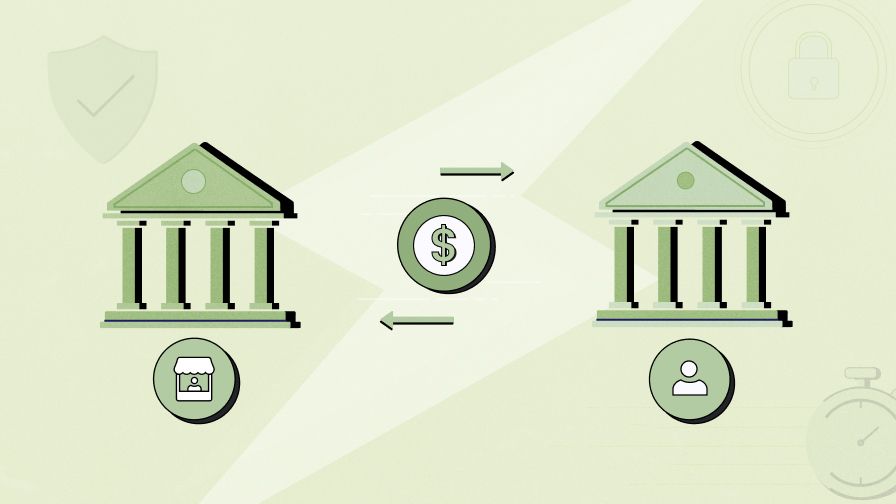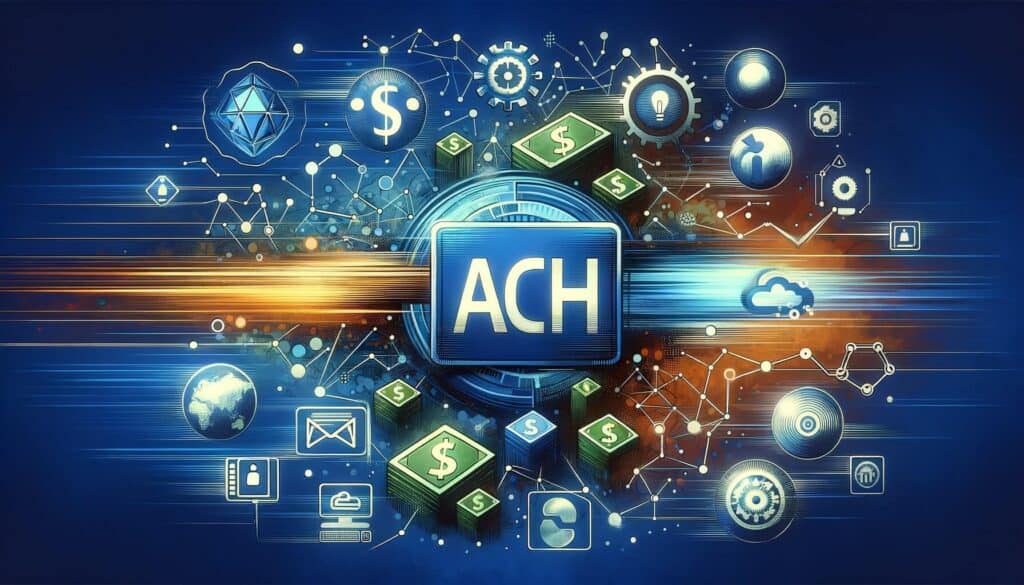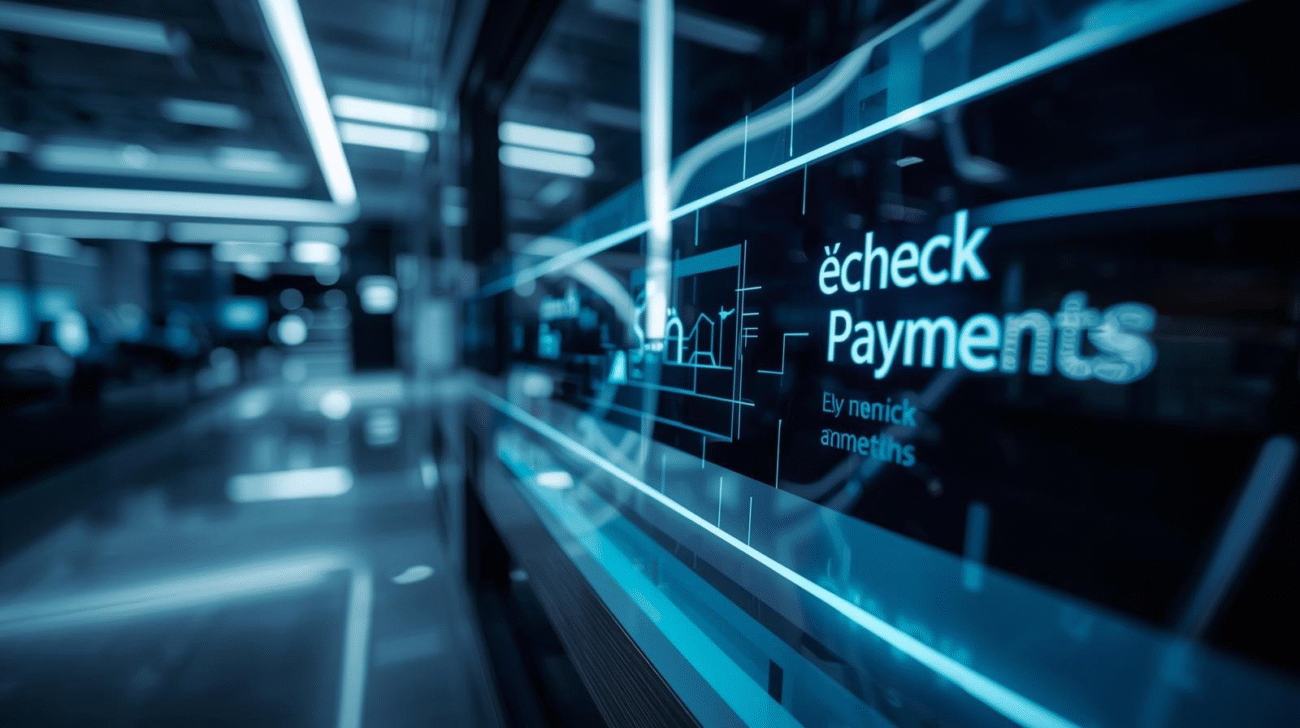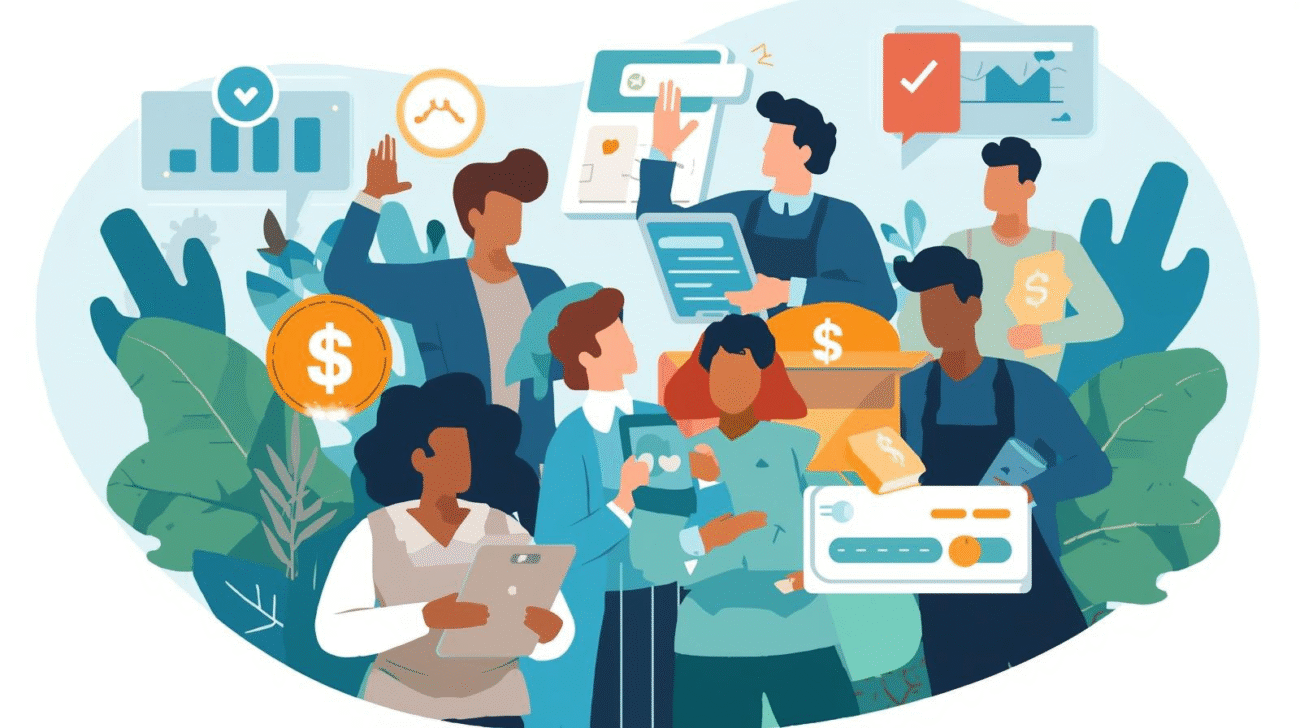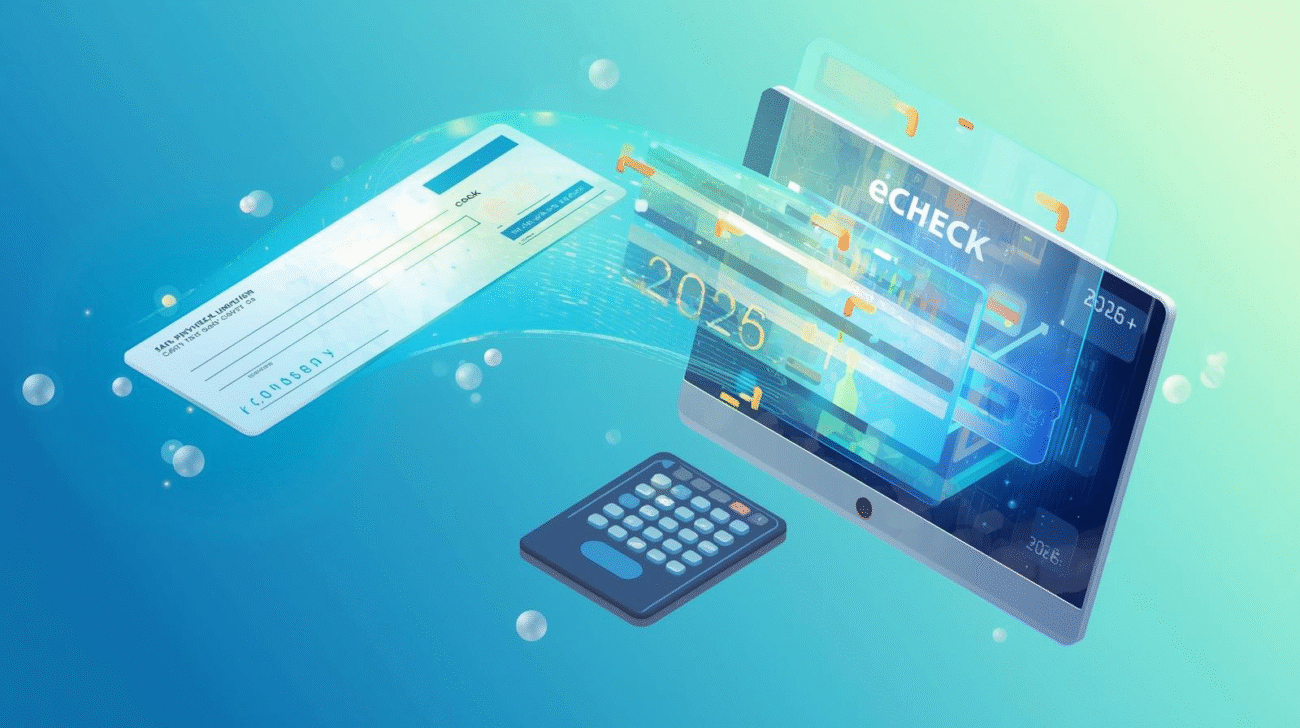The subscription economy has grown by leaps and bounds over the past decade, and in 2025, it has become a dominant business model across industries—from streaming platforms and SaaS products to subscription boxes and even healthcare plans. As this model matures, businesses and consumers alike are demanding more efficient, reliable, and cost-effective payment solutions. That’s where Automated Clearing House (ACH) payments have stepped in as a powerful driver behind the scenes.
ACH, a system that facilitates bank-to-bank transfers without relying on cards or cash, is increasingly becoming the backbone of recurring payments. Let’s dive into how ACH is powering the subscription economy in 2025 and why it’s such a game-changer for businesses and consumers alike.
The Rise of the Subscription Economy
In 2025, subscriptions are no longer limited to Netflix or Spotify. Everything from groceries and pet supplies to digital learning platforms and home maintenance services has embraced this model. Consumers love the convenience, while businesses benefit from predictable revenue and better customer retention.
However, this model hinges on one crucial factor—seamless, recurring payments. A single failed transaction can interrupt service, reduce customer satisfaction, and increase churn. That’s where ACH shines.
Why ACH Is the Preferred Payment Method in 2025
While credit and debit cards still have a place, they come with higher processing fees, expiry dates, and a higher risk of payment failures. ACH offers a compelling alternative that addresses many of these pain points. Here’s how:
1. Lower Processing Costs
Credit card networks typically charge 2% to 3% per transaction. For businesses with tight margins, especially in high-volume subscription services, this can add up fast. ACH payments, on the other hand, cost a fraction of that—often just a few cents per transaction. This cost-efficiency allows businesses to either improve their bottom line or pass the savings on to their customers.
2. Reduced Payment Failures
Card payments fail for a variety of reasons—expired cards, maxed-out limits, fraud flags, or network issues. ACH transactions, being linked directly to a customer’s bank account, aren’t subject to those same risks. This reliability ensures fewer interruptions to service and a smoother customer experience.
3. Greater Customer Retention
In 2025, customer experience is everything. Subscription-based companies are learning that reducing friction in billing translates directly to customer satisfaction. Since ACH reduces the chances of failed payments and service disruptions, customers are less likely to cancel due to billing issues. That means longer lifetimes and higher lifetime value (LTV) for each subscriber.
Use Cases Where ACH Is Dominating
ACH payments are especially effective in certain types of subscription services. Let’s take a look at a few areas where ACH is making a huge impact:
● SaaS (Software as a Service)
SaaS platforms often charge customers on a monthly or annual basis. With ACH, they can ensure timely payments without the need to chase down customers for updated card details. It also suits the B2B nature of many SaaS platforms, where payments are larger and more suited to direct bank transfers.
● Healthcare Subscriptions
With the rise of telehealth and wellness plans, many healthcare providers now offer subscription-based services. ACH makes sense here because of its reliability, security, and compatibility with regulatory requirements like HIPAA in the U.S.
● Utility and Home Services
Energy providers, internet services, and home maintenance companies have embraced the subscription model too. ACH helps them avoid high credit card fees while ensuring customers are continuously served without billing hiccups.
● Subscription Boxes
From beauty products to snacks to curated clothing, subscription boxes have become a staple. ACH makes these services more cost-efficient and reduces the chances of payment-related cancellations.
How ACH Improves Cash Flow for Businesses
Cash flow is king, especially in subscription businesses. One major benefit of ACH in 2025 is the predictability it offers. Businesses can rely on a steady stream of incoming payments, making it easier to manage operations, payroll, and growth strategies.
Additionally, faster ACH transfers—thanks to the widespread adoption of Same-Day ACH—mean businesses can access their funds much quicker than in previous years. This liquidity can be crucial for managing vendor payments, scaling services, or investing in customer acquisition.
Enhanced Security and Compliance
Cybersecurity is a top concern in 2025, and payment processing is no exception. ACH payments come with built-in safeguards and a strong regulatory framework overseen by NACHA (The National Automated Clearing House Association).
Multi-factor authentication, encryption, and real-time fraud detection are now standard features for ACH processing platforms. This gives both businesses and consumers peace of mind, reducing chargebacks and fraudulent activities common with card-based payments.
Challenges Still Remain
While ACH is powerful, it’s not without its challenges. Some of the limitations in 2025 include:
- Settlement Time: Although Same-Day ACH has improved speed, it’s still not truly real-time like some card or digital wallet transactions.
- Initial Setup Complexity: Setting up ACH payment systems can be more technical and requires proper verification and authentication processes.
- Not Ideal for Impulse Purchases: ACH is best suited for planned, recurring payments. It’s not the go-to method for one-time or impulse buys.
Still, these challenges are minor when compared to the benefits it brings to the subscription economy.
The Future: ACH + Automation + AI
As we move deeper into 2025, the combination of ACH with AI-powered automation is transforming the landscape. Subscription businesses now use smart systems that analyze billing behavior, send proactive alerts about failed payments, and automate retry mechanisms.
These integrations are making ACH payments even more seamless and intelligent—minimizing human errors and boosting customer satisfaction. Furthermore, ACH is increasingly being paired with open banking APIs, giving businesses more control and visibility over customer payment behavior and financial data.
Final Thoughts
The subscription economy in 2025 is thriving, but it relies heavily on a smooth, reliable, and efficient payment infrastructure. ACH has proven itself to be a key enabler of this growth by offering low-cost, low-failure, and secure payment processing.
For businesses looking to scale, retain customers, and protect margins, ACH is no longer just an alternative—it’s a strategic advantage. And as technology continues to evolve, ACH will likely become even more integrated into the daily operations of subscription-based companies.
Whether you’re a startup launching your first subscription box or an enterprise SaaS provider, now is the time to embrace ACH as the financial engine behind your recurring revenue.


